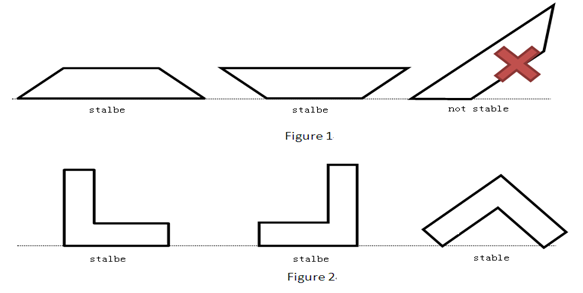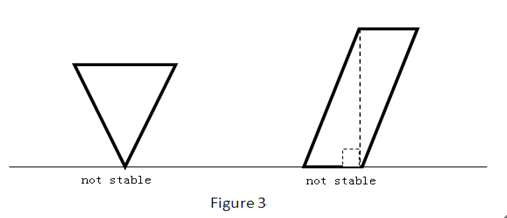
| Online Judge | Online Exercise | Online Teaching | Online Contests | Exercise Author |
|
F.A.Q Hand In Hand Online Acmers |
Best Coder beta VIP | STD Contests DIY | Web-DIY beta |
Rotational Painting
Time Limit: 2000/1000 MS (Java/Others) Memory Limit: 32768/32768 K (Java/Others)Total Submission(s): 3621 Accepted Submission(s): 1068
Problem Description
Josh Lyman is a gifted painter. One of his great works is a glass painting. He creates some well-designed lines on one side of a thick and polygonal glass, and renders it by some special dyes. The most fantastic thing is that it can generate different meaningful paintings by rotating the glass. This method of design is called ¡°Rotational Painting (RP)¡± which is created by Josh himself.
You are a fan of Josh and you bought this glass at the astronomical sum of money. Since the glass is thick enough to put erectly on the table, you want to know in total how many ways you can put it so that you can enjoy as many as possible different paintings hiding on the glass. We assume that material of the glass is uniformly distributed. If you can put it erectly and stably in any ways on the table, you can enjoy it.
More specifically, if the polygonal glass is like the polygon in Figure 1, you have just two ways to put it on the table, since all the other ways are not stable. However, the glass like the polygon in Figure 2 has three ways to be appreciated.

Pay attention to the cases in Figure 3. We consider that those glasses are not stable.

You are a fan of Josh and you bought this glass at the astronomical sum of money. Since the glass is thick enough to put erectly on the table, you want to know in total how many ways you can put it so that you can enjoy as many as possible different paintings hiding on the glass. We assume that material of the glass is uniformly distributed. If you can put it erectly and stably in any ways on the table, you can enjoy it.
More specifically, if the polygonal glass is like the polygon in Figure 1, you have just two ways to put it on the table, since all the other ways are not stable. However, the glass like the polygon in Figure 2 has three ways to be appreciated.

Pay attention to the cases in Figure 3. We consider that those glasses are not stable.

Input
The input file contains several test cases. The first line of the file contains an integer T representing the number of test cases.
For each test case, the first line is an integer n representing the number of lines of the polygon. (3<=n<=50000). Then n lines follow. The ith line contains two real number xi and yi representing a point of the polygon. (xi, yi) to (xi+1, yi+1) represents a edge of the polygon (1<=i<n), and (xn,yn) to (x1, y1) also represents a edge of the polygon. The input data insures that the polygon is not self-crossed.
For each test case, the first line is an integer n representing the number of lines of the polygon. (3<=n<=50000). Then n lines follow. The ith line contains two real number xi and yi representing a point of the polygon. (xi, yi) to (xi+1, yi+1) represents a edge of the polygon (1<=i<n), and (xn,yn) to (x1, y1) also represents a edge of the polygon. The input data insures that the polygon is not self-crossed.
Output
For each test case, output a single integer number in a line representing the number of ways to put the polygonal glass stably on the table.
Sample Input
2 4 0 0 100 0 99 1 1 1 6 0 0 0 10 1 10 1 1 10 1 10 0
Sample Output
2 3
Hint
The sample test cases can be demonstrated by Figure 1 and Figure 2 in Description part.
Source
| Home | Top |
Hangzhou Dianzi University Online Judge 3.0 Copyright © 2005-2024 HDU ACM Team. All Rights Reserved. Designer & Developer : Wang Rongtao LinLe GaoJie GanLu Total 0.000000(s) query 1, Server time : 2024-04-20 18:01:30, Gzip enabled |
Administration |